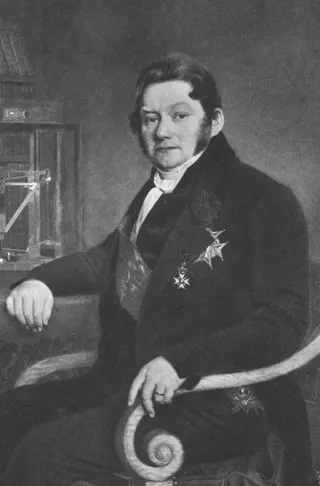Ferrosilicon, an alloy of silicon and iron, is an important raw material for steel making and casting. High-purity ferrosilicon improves the physicochemical and mechanical properties of steel and castings and enhances the quality of steel and castings.
In 1810, J.J.Berzelius was the first to smelt ferrosilicon by putting quartzite, steel scrap, and coke into a calciner, thus smelting low-grade ferrosilicon with a silicon content of 2.2% to 9.3%.
In 1875, A. Pourcel successfully smelted ferrosilicon with a silicon content of 10% to 18% using a blast furnace.
In 1899, Du Cholmol smelted ferrosilicon with 25% to 50% silicon content using a mineral-heated furnace at the Holcim Rock plant in the United States.
In 1903, Kadar improved on DiCharmel's method of producing ferrosilicon and successfully smelted ferrosilicon with 75% silicon content using an electric furnace. Kadar's method of smelting ferrosilicon using electric furnaces continues to be used today, and with continuous improvements, ferrosilicon manufacturers can now smelt various grades of ferrosilicon with lower impurities and higher purity of ferrosilicon.

Oxygen is removed from SiO2 by smelting ferrosilicon with a carbonaceous reducing agent. Using an electric furnace to create a high-temperature environment, when the quartz stone is dissolved and coke is added, the C in the coke is used to produce a chemical reaction with the SiO2 in the quartz stone to produce CO gas, which is discharged through the furnace mouth, thus reducing the Si from the quartz stone.
The smelting of ferrosilicon using a mineral-heated furnace needs to be carried out continuously and uninterruptedly. The method is to mix quartz stone, coke, steel scrap and other raw materials and then add them to the furnace from the feeding port, and under the high temperature environment generated by the electrode and electric arc, the raw materials in the furnace continuously melt and produce chemical reactions to form a liquid alloy, and when a certain amount of liquid alloyhas accumulated in the furnace, it can be discharged from the iron outlet and cast into ferrosilicon ingots.
Quartz Stone + Coke + Steel Scrap -> Charging Into Furnace -> Smelting -> Regular Iron Discharge -> Pouring -> Fine Sieving -> Grading Into Storage
Smelting ferrosilicon needs to consume a lot of electrical energy, according to statistics, for every 1 ton of ferrosilicon 75 produced, about 1780Kg~1850Kg of silica, 890Kg~930Kg of coke, 220Kg~230Kg of steel scrap, 45Kg~50Kg of electrode material, and 8600~9000kW.h. The main factor affecting the cost of ferrosilicon production is electricity consumption, and due to the price of electricity continuously rise, the proportion of electricity in the cost of ferrosilicon production is getting higher and higher, which shows that if you want to reduce the production cost of ferrosilicon, you must take the low energy consumption route.
Contact: Jack Cheung
Email: [email protected]
Tel: 8615670022058
Add: Qugou Industrial Zone, Anyang City, Henan Province,China